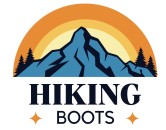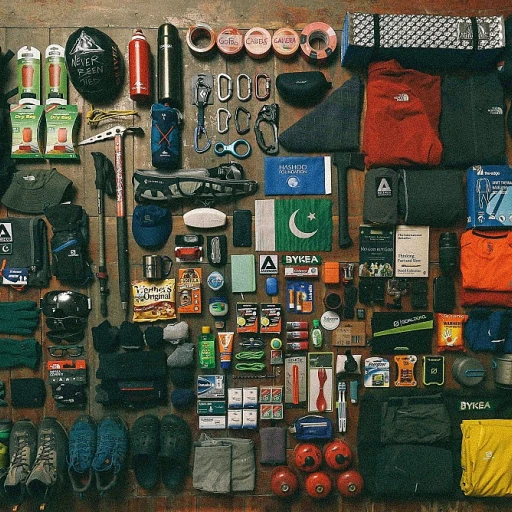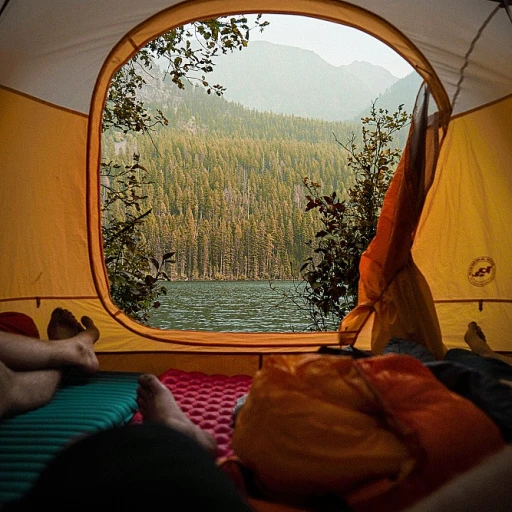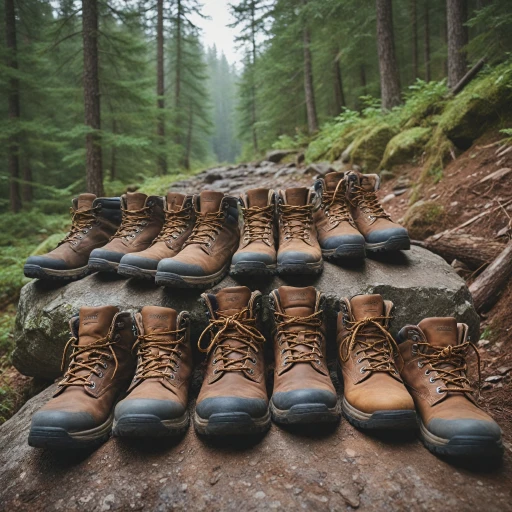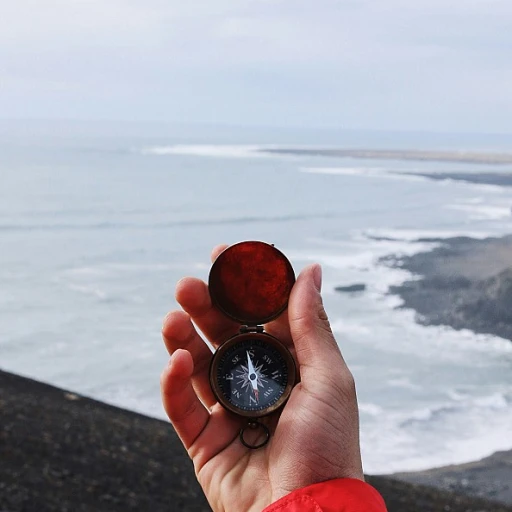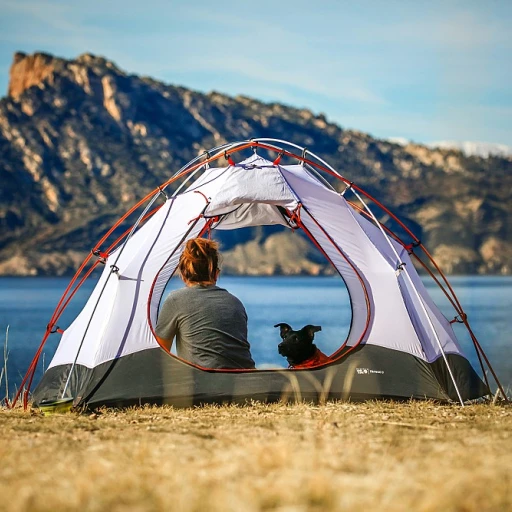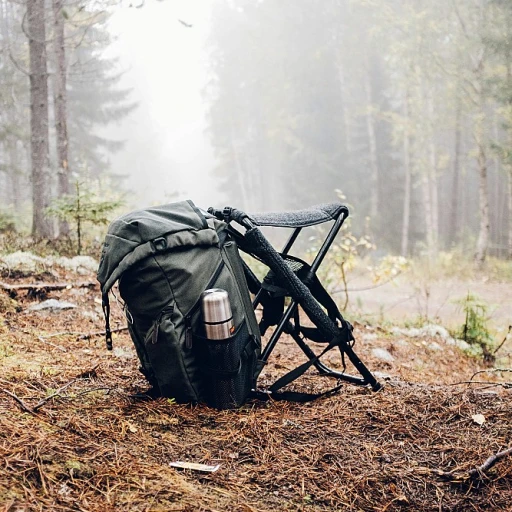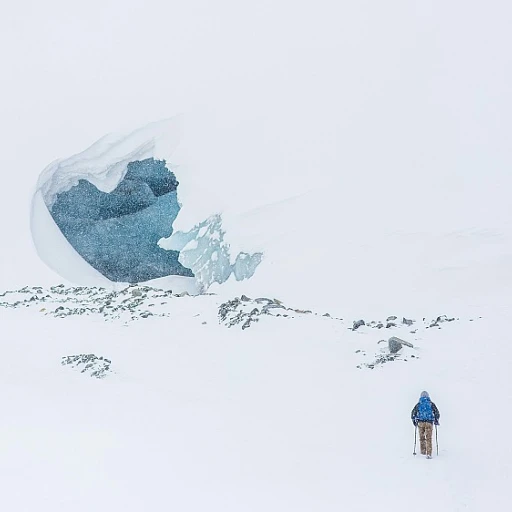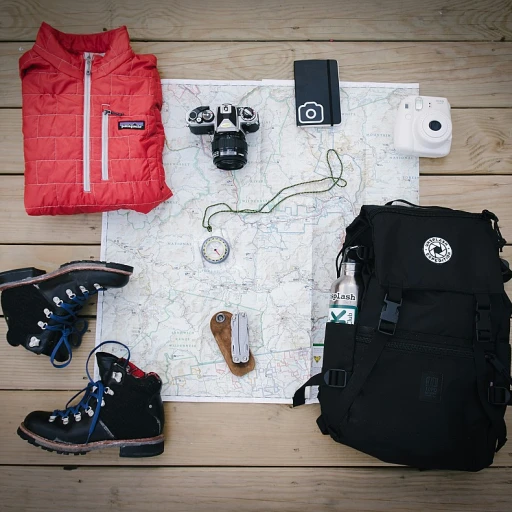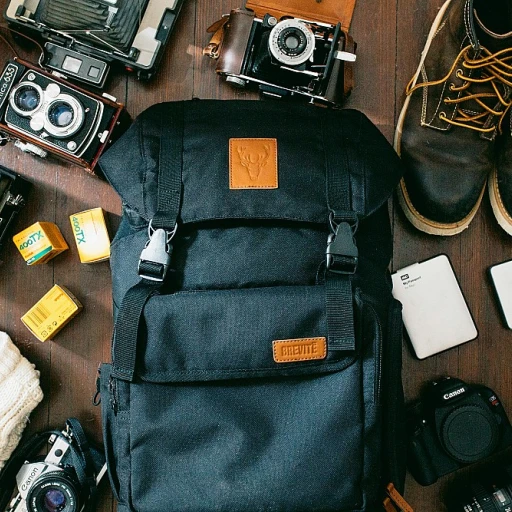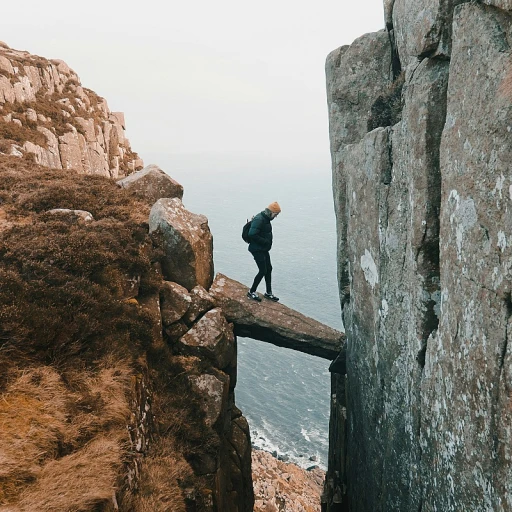
Understanding the Terrain and Weather Conditions
Adapting Your Gear to the Environment
Understanding the terrain and weather conditions is a crucial first step in choosing the right hiking jacket for your adventure. Different environments demand different types of jackets, each tailored to offer maximum protection and comfort. When embarking on a hike, consider these factors:- Weather Conditions: Are you expecting sun or rain? Windy or calm conditions? For rain-prone areas, a water-resistant or waterproof jacket is essential. Products like the North Face rain jacket or Patagonia's Torrentshell offer excellent protection against unpredictable weather.
- Temperature: Cold weather requires jackets with insulating layers, while mild conditions may only need a breathable shell. The choice between simple windbreakers or multi-layered hiking jackets can significantly impact your comfort.
- Terrain Types: Uneven or rocky terrains might necessitate a durable jacket for protection against abrasions, while flat paths may allow for lighter options. Hiking in areas like rainforests or mountains will also influence your choice.
Material Matters: Choosing the Right Fabric
Fabric Features: Making the Right Choice
When selecting the ideal fabric for your hiking jacket, it’s crucial to consider the myriad of environments you'll encounter. The materials used greatly impact how well a jacket performs under various conditions, from maintaining warmth in frigid temperatures to offering ventilation in warmer climates.- Waterproof & Water-Resistant Options: For those trekking through rainy regions, a waterproof jacket is a must. Fabrics such as Gore-Tex and similar materials used by top brands like Patagonia, Arc'teryx, and North Face provide excellent water protection without compromising breathability.
- Breathability: Besides being waterproof, breathable jackets are vital for sweat regulation. This is where the shell type comes into play. Opt for a breathable rain shell to maintain comfort and prevent moisture build-up within the layers.
- Durability vs. Weight: Durability is often linked with heavier materials, but many modern hiking jackets balance toughness with lightweight fabrics. Consider jackets that offer layers for added strength without adding unnecessary weight to your pack.
- Insulation for Cold Weather: Insulated jackets, suitable for colder climates, often incorporate a layering system. This approach allows for warmth retention while allowing you to layer down as needed. Patagonia Torrentshell and similar products offer versatile layering options suitable for diverse outdoor settings.
Finding the Perfect Fit: Sizing and Comfort
Selecting the Right Size and Ensuring Comfort
When it comes to hiking boots, finding an impeccable fit is paramount to ensuring a successful outdoor adventure. Whether you're investing in elite models like Arc'teryx or considering best-seller options at REI, prioritizing comfort and correct sizing can enhance your hiking experience and prevent potential injuries.
Start by trying on boots at the end of the day when your feet are slightly swollen. This approach accounts for the natural expansion that occurs during extended activities such as hiking. As you try different pairs, ensure there's enough room at the toe box, approximately a thumb's width, to prevent discomfort during descents.
Consider the average terrain and weather conditions you'll encounter. Boots made specifically for cold weather might require additional layers or thicker socks, which calls for a slightly larger size. Similarly, if a rain jacket is essential for your expeditions, opting for waterproof boots can prevent wet feet during rainfall. Products like Gore-Tex and Black Diamond frequently incorporate such features without compromising comfort.
In terms of women's hiking boots, understanding the gender-specific design differences is crucial. Women's boots tend to be narrower around the heel and forefoot, aiming to provide a snug fit. While exploring men's options, ensure that the internal dimensions align with your foot's anatomy to prevent blisters or pressure points.
Lastly, a great boot should complement the natural movement of your foot, enhancing stability without restricting motion. To gain further insights on stability, explore the benefits of Oboz Sawtooth hiking boots. Evaluating customer reviews, such as average rating stars and best seller ratings, can also guide you in making an informed decision to find the perfect balance of support and weight.
Traction and Stability: Sole Considerations
Consider Footwear Grip and Ground Security
When selecting the ideal pair of hiking boots for your next adventure, it's crucial to pay attention to how the sole will perform on various terrains. Optimal traction and stability are key factors that contribute to a fulfilling and safe hiking experience.
Firstly, evaluate the pattern and depth of the boot tread. Just like you would consider layers and fabric materials for your hiking jacket to withstand rain, the boots need to offer exceptional grip on different surfaces. This is especially critical during wet and slippery conditions, where a rain shell may not be enough protection. Reliable brands such as Arc Teryx and Patagonia offer boots designed with advanced sole technology to navigate rugged paths efficiently.
Moreover, the sole composition is something you can't overlook. Higher content of rubber often equates to enhanced friction and grip on rocky or uneven terrains. It is similar to choosing the best hiking jacket made of Gore-Tex for its water-resistant properties, ensuring protection against outdoor elements. Boots with a well-balanced sole offer not just traction but also stability, reducing the risk of injuries caused by unstable footing. Some top sellers, like North Face and Black Diamond, which often score high rating stars, incorporate such technologies.
A quick hint, if price is a factor in your outdoor gear decisions, pay attention to the price regular versus sale price. While rei and other sellers are known for offering average prices on quality products, seasonal discounts on high stars rated boots (similar to sale prices for Patagonia torrentshell jackets) can net a great deal. Maintaining grip without compromising comfort and support is the key to a successful climb, especially in cold weather conditions.
Caring for Your Hiking Boots: Maintenance Tips
Preserving Your Boots for Longevity
Hiking boots can be a significant investment, so proper care is crucial to ensure they last through many adventures. Just like how a high-quality hiking jacket demands attention for durability, your boots require regular maintenance to keep their performance at peak levels. Here are some essential tips:
- Clean Regularly: After each hiking trip, remove any dirt, mud, or debris from your boots. Use a soft brush or a damp cloth to clean the surface. For waterproof hiking boots, it's vital to maintain the waterproofing layer; eschew harsh chemicals that may strip it away.
- Dry Properly: Wet boots can lead to mold growth and material degradation. Air dry your boots naturally with the laces and insoles removed. Avoid direct sunlight and heat sources, which could warp or crack the materials.
- Condition Leather: If your boots are made of leather, consider using a specialized leather conditioner. This will keep them supple, maintaining both comfort and water resistance, much like the maintenance of a rain jacket's shell layer.
- Inspect for Wear: Regularly check for signs of wear, especially in the sole and seams. A decline in traction and stability can compromise your hiking safety, similar to choosing the wrong material for a rain jacket.
- Store Properly: When not in use, store your boots in a cool, dry place. Stuff them with newspaper to absorb moisture and help them retain shape, comparable to keeping a jacket from wrinkling to maintain its fit.
Remember, a well-maintained pair of hiking boots, much like the ideal hiking jackets, will serve you well on your outdoor excursions, giving you the confidence to tackle any trail conditions with ease. The investment in both protective footwear and a jacket pays off when you enjoy your outdoor adventures without discomfort or gear failures.
